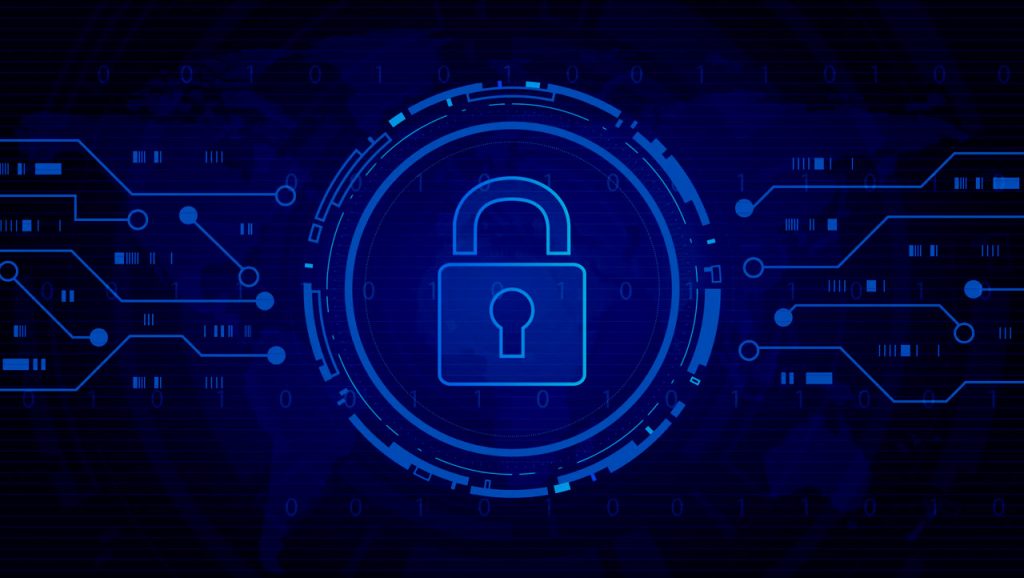Critical components of modern applications, AWS Lambda functions hold the capability to scale and give dynamic responses to events. Collaboration between compliance, security, development, and cloud operations can be truly realized by optimizing the AWS Lambda functions. Cloudlytics has been enabling organizations to achieve continuous optimization of AWS Lambda with bespoke sets of reports pre-built for maintaining and validating compliance.
In AWS Lambda, all functions have their own execution role, which are identities bound with permissions that govern what they can or cannot perform. When a Lambda function is created, an execution role is specified. When functions are invoked, the execution role is assumed. For validating compliance of AWS Lambda, the functions in the AWS environment are scanned for inspecting execution roles and permissions to AWS resources.
Compliance in AWS Lambda
As per the shared responsibility model, organizations are responsible for identifying the compliance regime that is applicable to their data. Once, they have identified the requirements of their compliance regime, they can leverage various features of AWS Lambda for matching the controls. Moreover, they can get in touch with experts from AWS, such as technical account managers, domain experts, and solution architects for further assistance. AWS doesn’t take the responsibility of advising the organizations regarding the types of compliance regimes applicable to their specific use cases.
Since November 2020, AWS Lambda’s scope includes reports of Service Organization Control (SOC) 1, 2, and 3, independent examination reports of third-party. This demonstrates the way AWS achieves compliance controls and goals. As some of the compliance reports hold sensitive information, public access to these is avoided. Organizations must use AWS Artifact and AWS Management Console for accessing AWS compliance reports on-demand.
Validating Compliance


Third-party auditors provide the assessment of AWS Lambda’s security and compliance as part of different compliance programs. The compliance programs include HIPAA, FedRAMP, PCI, SOC, and so on. The compliance responsibility of organizations when they are using AWS Lambda is often gauged by their data’s sensitivity, compliance objectives, and the laws& regulations that are applicable to their compliance regimes.








